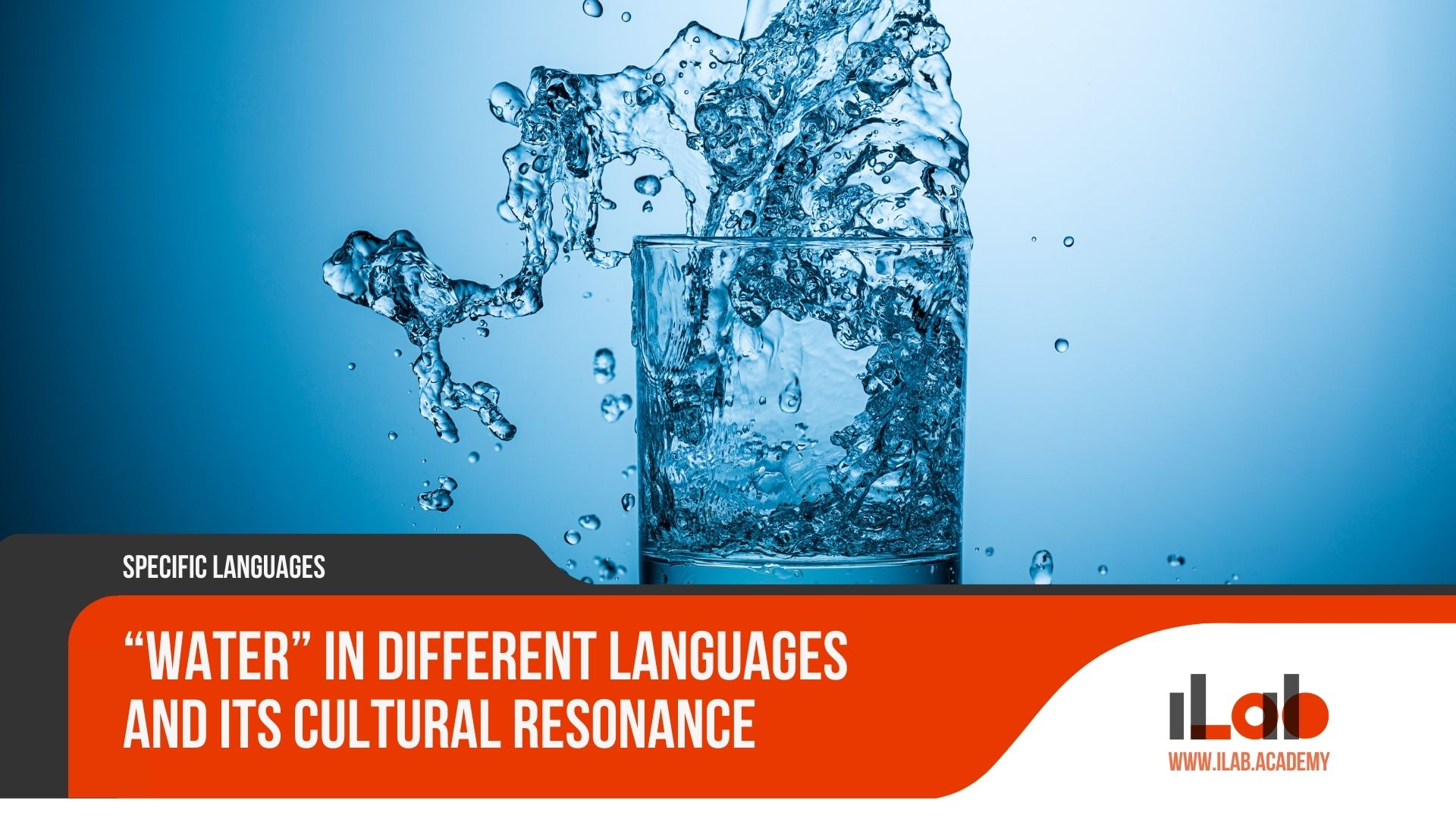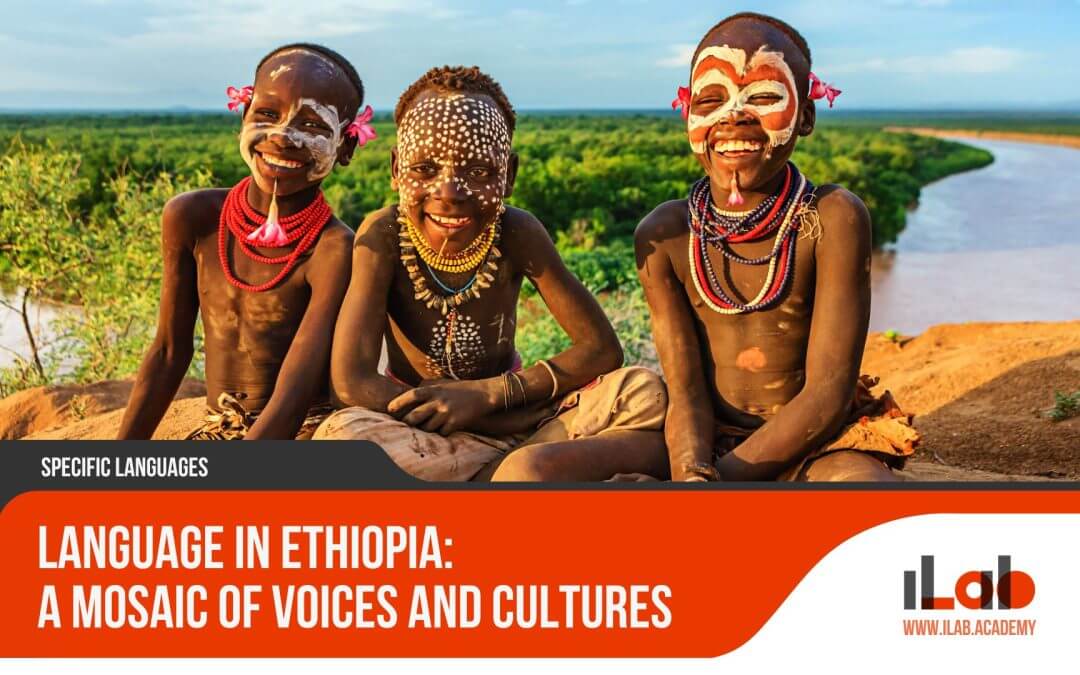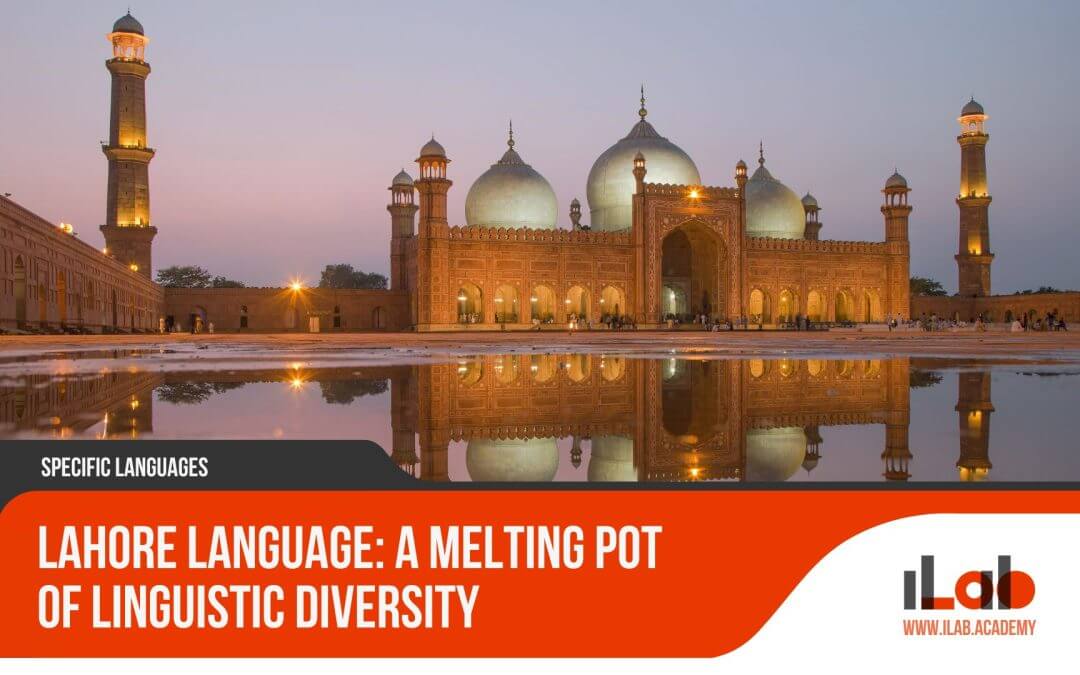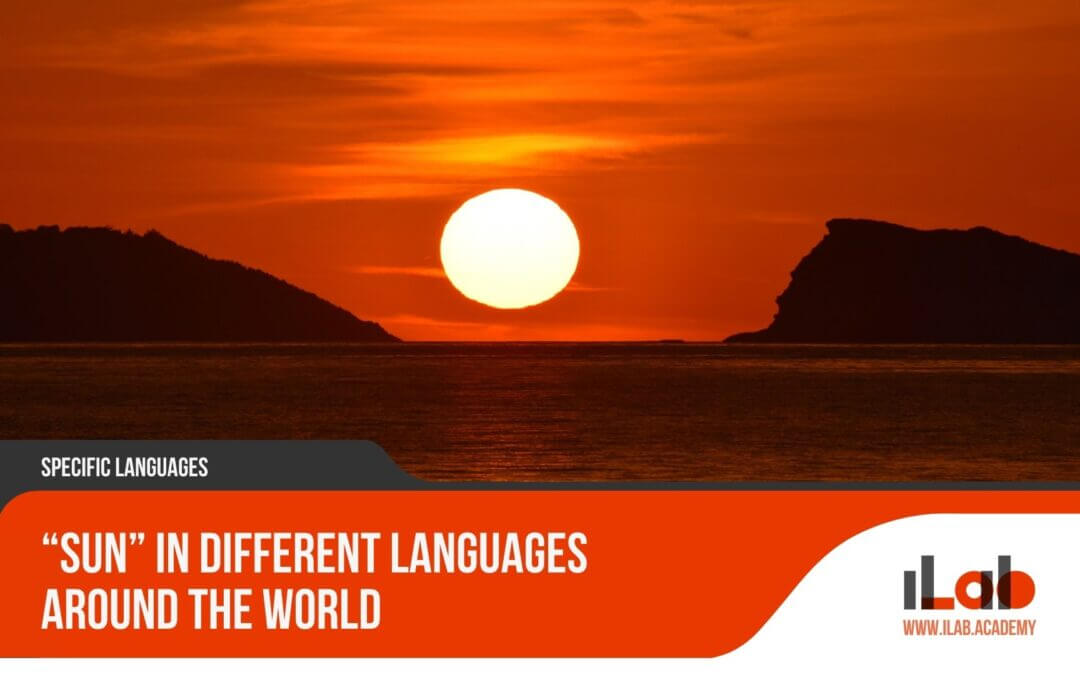Table of contents
The term ‘water,’ while universally understood, carries with it a wealth of cultural, historical, and etymological layers that vary significantly from one language to another. This exploration into the linguistic representations of water across different cultures not only unveils the diversity of its nomenclature but also invites a deeper appreciation of the intricate ways in which societies resonate with this vital element. As we navigate through the linguistic currents of ‘water,’ one cannot help but ponder the broader implications of these variations on our collective understanding of the world around us, hinting at broader discussions about language’s role in shaping our relationship with nature.
Key Takeaways
- Water’s diverse terminology across languages reflects its profound cultural and spiritual importance.
- Language evolution showcases how water shapes societal narratives and environmental adaptations.
- Scientific standardization of water terms fosters global collaboration in conservation and sustainability efforts.
- The cultural resonance of water terminology enhances global understanding of climate change impacts and conservation strategies.
The Essence of Life: Water’s Universal Significance
Throughout history, water has been universally acknowledged as the cornerstone of life, integral to survival and revered across cultures for its life-giving properties. This universal significance stems not only from water’s role in sustaining life but also from its deep symbolic importance within myths, religions, and societal narratives. Water is more than a mere resource; it’s a powerful symbol of purification, transformation, and renewal that resonates across various cultural landscapes.
The intrinsic value of water is evident in the way it is interwoven into the fabric of societies. From the earliest human settlements near water bodies to modern urban planning, access to water has dictated the growth and prosperity of civilizations. This dependence highlights water’s role as an indispensable element in human development, agriculture, and industry. The reverence for water transcends its practical uses, manifesting in rituals, festivals, and practices that recognize its sacredness.
Understanding water’s universal importance provides a foundation for exploring the linguistic diversity in naming this vital resource. The myriad ways in which different languages express the concept of water reflect not only unique phonetic and grammatical structures but also the cultural significance and relationships people have with water. As we embark on a linguistic journey into how ‘water’ is named around the world, it’s essential to appreciate this elemental force’s profound impact on human civilization, shaping not only our physical landscapes but our cultural and spiritual identities as well.
“Water” in Romance Languages: Tracing Latin Currents
Building on the foundational understanding of water’s universal significance, we now explore its linguistic expressions in Romance languages, highlighting the enduring Latin influences on terms like Spanish ‘agua,’ French ‘eau,’ Italian ‘acqua,’ Portuguese ‘água,’ and Romanian ‘apă.’ These languages, blossoming from the Latin root, encapsulate the fluidity and continuity of cultural and linguistic evolution, mirroring the essential nature of water itself. Each term, while distinct, carries with it the weight of history and shared origins, offering a fascinating glimpse into how language adapts and thrives across time and geography.
The journey from Latin to the modern Romance languages showcases not only the transformation of sounds but also the preservation of meaning. This linguistic voyage reveals:
- The term ‘aqua,’ Latin for water, as the progenitor, showing a clear lineage in Italian ‘acqua’ and Portuguese and Spanish ‘água.’
- French ‘eau,’ though appearing distinct, shares the same Latin root, demonstrating the phonetic evolution characteristic of the Romance languages.
- Romanian ‘apă’ presents a unique case, illustrating how even within the Romance family, diverse phonological changes craft distinctive yet related words.
- These linguistic shifts highlight the intertwined nature of language and culture, where even the word for a fundamental element like water reflects historical migrations, invasions, and exchanges.
Understanding ‘water’ in Romance languages thus serves as a lens through which we can trace the currents of Latin influence, not only in how we speak but in how we perceive and interact with the world around us. This exploration underscores the depth of connectivity shared by these languages, rooted in the ancient past yet flowing into the present.
“Water” Within the Germanic Language Family
Diving into the Germanic language family, we observe that the word for ‘water’ reveals intriguing etymological connections among languages such as German (Wasser), English (water), Dutch (water), and Swedish (vatten). This shared linguistic heritage points to a common ancestry among these languages, reflecting the deep historical ties and migrations that shaped early Germanic tribes and their languages.
The Proto-Germanic term *watar, from which the contemporary Germanic languages derive their words for water, underscores the essential nature of this element in the lives of the Germanic peoples. It is fascinating to see how each language has evolved from this root, adapting the word to its phonetic and grammatical contexts while preserving its fundamental meaning. In German, ‘Wasser’ is pronounced with a sharp ‘s’ sound, encapsulating the fluidity and life-giving nature of water. English retains the Proto-Germanic root almost unchanged, demonstrating the word’s resilience across centuries of linguistic evolution. Dutch ‘water’ stays remarkably close to its English counterpart, highlighting the close relationship between these languages. Meanwhile, Scandinavian languages like Swedish opt for ‘vatten,’ a variant that illustrates the divergence within the Germanic family while maintaining the core meaning.
Through the lens of these languages, water is not just a term but a testament to the interconnectedness of human culture and the environment. It reminds us of our shared origins and the ways in which essential elements like water have woven their way through language and life. The Germanic languages, with their rich histories and evolutions, offer a captivating glimpse into how a simple word can carry profound significance across time and geography.
Slavic Tones of “Water”
Venturing into the Slavic linguistic realm, the word for ‘water’ emerges as a fundamental link connecting Russian, Polish, and Czech languages, each articulating this vital element as ‘voda’ with nuanced cultural and phonetic inflections. This shared lexical root not only highlights the linguistic ties among Slavic languages but also reflects a deep cultural reverence for water as a source of life, purity, and renewal. The presence of ‘voda’ in these languages serves as a testament to the historical interactions and shared heritage within the Slavic linguistic community.
To draw the audience in and keep them interested, consider the following aspects of ‘voda’ across Slavic languages:
- Common Origins: The word ‘voda’ traces back to Proto-Slavic roots, illustrating a shared linguistic ancestry among Slavic peoples.
- Cultural Significance: In Slavic folklore, water often symbolizes life, cleanliness, and protection. This cultural significance is mirrored in the ubiquity of the word ‘voda’ across Slavic languages.
- Phonetic Variations: Despite the shared root, subtle phonetic adjustments in ‘voda’ reflect the distinct phonological systems of Russian, Polish, and Czech.
- Etymological Connections: The word ‘voda’ links Slavic languages to other Indo-European language families, demonstrating the interconnectedness of human languages and cultures.
Understanding ‘voda’ in its Slavic context offers insights into how essential elements, like water, serve as linguistic and cultural bridges, connecting people across geographical and temporal divides. This exploration underscores the importance of language in reflecting and shaping our relationship with the natural world.
The Word “Water” in the Linguistic Spectrum of Asia
Exploring the linguistic landscape of Asia reveals a fascinating diversity in the words used to denote ‘water’, each bearing its own cultural weight and historical depth. This variety not only showcases the rich linguistic tapestry of the continent but also highlights the profound cultural implications and the pivotal role water plays in both traditional and contemporary settings. The words for ‘water’ in languages like Mandarin, Japanese, Korean, and Hindi provide a glimpse into the myriad ways societies interact with and conceptualize this essential element.
Here is a visual representation of the word ‘water’ in four Asian languages:
| Language | Word for ‘Water’ | Transliteration |
|---|---|---|
| Mandarin | 水 | shuǐ |
| Japanese | 水 | mizu |
| Korean | 물 | mul |
| Hindi | पानी | pānī |
In Mandarin and Japanese, the character 水 not only represents the physical substance but is also deeply embedded in idiomatic expressions and literary works, illustrating water’s versatility and its metaphorical significance. In Korean, ‘물 (mul)’ is used in a variety of contexts, from culinary to spiritual, underscoring its indispensable presence in daily life. Hindi’s ‘पानी (pānī)’ resonates with cultural practices and traditional knowledge about water conservation, reflecting the adaptability and respect towards water in different climatic and geographical conditions.
Through these languages, we observe not just a lexical diversity but a profound connection between culture and the natural world, where the word ‘water’ transcends its literal meaning to embody values, practices, and a deep respect for this vital resource.
“Water” Across Africa’s Languages: A Diversity of Droplets
The term ‘water’ manifests itself in a rich tapestry of expressions across Africa’s languages, each reflecting the continent’s profound cultural diversity and the essential role of water in sustaining life and cultural heritage. This linguistic diversity not only showcases the variety of phonetic and syntactic structures but also highlights the deep cultural connections to water, from its use in daily life to its symbolic significance in rituals and myths.
To draw the audience in and keep them interested, consider the following points:
- Variety in Vocabulary: Across the continent, ‘water’ is known by many names. For example, in Swahili, it is ‘maji’, while in Amharic, it becomes ‘wuhha’. This variance is not just phonetic but often carries with it layers of cultural meaning and history.
- Cultural Significance: In many African societies, water is not just a resource but a vital component of spiritual and community life. Ceremonies and rituals around water are common, emphasizing its importance beyond physical sustenance.
- Linguistic Evolution: The names for water in various African languages may also reflect historical migrations, trade routes, and interactions with other cultures, illustrating the dynamic nature of language and culture.
- Environmental Awareness: The language surrounding ‘water’ in many African communities includes terms that express the relationship between people and their environment, highlighting traditional knowledge on conservation and the sustainable use of water resources.
Understanding ‘water’ in Africa’s languages offers a glimpse into the continent’s rich cultural tapestry, reminding us of the universal importance of this vital resource and the diverse ways in which human societies relate to it.
“Water” in Middle Eastern and Semitic Languages
Delving into the Middle Eastern and Semitic languages reveals a fascinating diversity in how the word ‘water’ is articulated, each variation carrying its own historical and cultural nuances. In Arabic, the predominant language of the Middle East, water is called “ماء” (maa), a term deeply rooted in the Quran and Islamic traditions, symbolizing purity and life. Hebrew, with its biblical significance, refers to water as “מים” (mayim), a word that is central to many religious rituals and stories, denoting cleansing, blessing, and divine provision.
Aramaic, an ancient language still spoken in some parts of the Middle East, uses the word “ܡܝܐ” (mayā) for water, linking it to historical narratives and religious texts. In Kurdish, spoken by the Kurdish people spread across several countries, water is known as “av,” reflecting the language’s Indo-European roots and the importance of water in Kurdish folklore and daily living.
The diversity in the linguistic expression of water in the Middle Eastern and Semitic languages is not merely a matter of different sounds and scripts. It is a reflection of the profound relationship between human cultures and the natural world, where water is both a physical necessity and a symbol of life, renewal, and purity. Through these languages, one can trace the pathways of trade, migration, and cultural exchange that have shaped human history in this region. Understanding how ‘water’ is woven into the fabric of these languages offers insights into the values, traditions, and environmental awareness of the people who speak them, highlighting the universal significance of water across cultures and epochs.
“Water” in Indigenous and Aboriginal Cultures: Streams of Tradition
Across continents, indigenous and Aboriginal cultures honor the word ‘water’ with unique linguistic expressions that encapsulate its pivotal role in their traditions, spirituality, and survival. The reverence for water transcends mere survival needs, weaving into the cultural tapestry stories of creation, healing, and community. By exploring the diverse terminologies and beliefs about water, we gain insight into the profound connection between nature and humanity that is deeply embedded in these cultures.
To illuminate the depth of this connection, consider these intriguing aspects:
- Cultural Significance: In many indigenous cultures, water is not just a resource but a sacred entity. Stories and rituals emphasize the respect and care for water bodies, reflecting a holistic view of the environment.
- Linguistic Diversity: Each language offers a unique term for ‘water,’ reflective of the environmental context and the cultural significance of water within that community. These terms often carry meanings beyond the physical element, encapsulating spiritual or healing properties attributed to water.
- Environmental Stewardship: The language and traditions surrounding water often include principles of conservation and sustainability. This highlights indigenous peoples’ role as the first environmentalists, long recognizing the importance of maintaining balance in the natural world.
- Adaptation and Resilience: Despite the challenges of modernization and climate change, indigenous communities continue to adapt their practices and teachings about water. This resilience is a testament to the enduring significance of water in their cultural and spiritual lives.
The Fluid Lexicon of “Water” in Science and Technology
In scientific discourse, ‘water’s’ nomenclature transcends linguistic barriers, fostering a unified approach to its study and conservation globally. The term ‘water’ is central to scientific and technological conversations, regardless of the language spoken. This universality is not coincidental but a result of deliberate efforts to standardize scientific vocabulary across cultures. The intent behind this linguistic unity is clear: to facilitate a global dialogue concerning water conservation, management, and the critical role water plays in sustaining life on Earth.
Water, known chemically as H2O, serves as a prime example of how scientific nomenclature can bridge diverse linguistic traditions. In scientific contexts, ‘water’ becomes a universal term that encompasses a myriad of phenomena related to its physical, chemical, and ecological properties. This standardization extends beyond mere terminology into the realm of symbols and formulas, allowing scientists and technologists worldwide to share research findings, innovations, and conservation strategies effectively.
The adoption of a standardized lexicon for water and its associated processes in science and technology underscores the global community’s recognition of water’s significance. It enables seamless collaboration and knowledge exchange, transcending geographical and cultural boundaries. This linguistic unity is instrumental in addressing some of the most pressing challenges related to water scarcity, pollution, and climate change impacts on water resources.
Thus, the fluid lexicon of ‘water’ in scientific and technological discourse not only facilitates international cooperation but also reflects a collective commitment to understanding and safeguarding this invaluable resource for future generations.
„Wasser“ in verschiedenen Sprachen und seine kulturelle Resonanz
«Agua» en Distintas Lenguas y su Resonancia Cultural
Frequently Asked Questions
How Has the Concept of Water Influenced Global Naming Conventions for Places and Geographical Features?
The concept of water has significantly influenced global naming conventions for places and geographical features, reflecting its vital role in human civilization. Many cities, rivers, and landscapes are named with words denoting water, highlighting its importance for survival, navigation, and cultural identity. This linguistic phenomenon underscores water’s universal significance across different cultures and eras, serving as a testament to its enduring impact on human settlement, development, and historical narratives.
In What Ways Have Historical Trade Routes Contributed to the Linguistic Spread and Evolution of the Word “Water”?
Historical trade routes have played a pivotal role in the linguistic spread and evolution of the word ‘water.’ As traders traversed continents, they not only exchanged goods but also words and cultural practices. This cross-cultural interaction facilitated the borrowing and adaptation of the term ‘water’ among various languages, enriching linguistic diversity. Consequently, these interactions contributed to the etymological development of the word, illustrating the interconnectedness of language, trade, and cultural exchange.
How Do Folklore and Mythology Across Different Cultures Personify or Attribute Mystical Qualities to Water?
Folklore and mythology from various cultures often personify or ascribe mystical qualities to water, reflecting its fundamental significance in human life. These narratives frequently depict water as a living entity, possessing its own spirit and consciousness. For instance, in Greek mythology, water nymphs known as Naiads inhabited rivers and springs, embodying the life-giving and destructive powers of water. Such personifications underscore water’s pivotal role in creation myths, symbolizing purification, transformation, and renewal.
Are There Any Universal Linguistic Patterns or Phonetic Similarities in the Word “Water” Unrelated to Direct Linguistic Lineage or Borrowing?
Examining the linguistic patterns and phonetic similarities of the word “water” across unrelated languages reveals fascinating insights. Despite diverse etymological backgrounds, certain phonetic elements appear recurrently. These similarities, not necessarily stemming from direct linguistic lineage or borrowing, suggest a possible universal phonetic appeal or convergent evolution in language. However, comprehensive studies are required to ascertain the extent of these patterns and their significance in the global linguistic landscape.
How Have Modern Environmental Movements and Climate Change Awareness Impacted the Cultural Significance and Linguistic Use of the Word “Water” in Various Languages?
Modern environmental movements and heightened climate change awareness have significantly influenced the cultural significance and linguistic usage of the word “water” across languages. This global shift has led to an increased emphasis on water conservation and sustainability, reflecting in language through the proliferation of terms and phrases related to water protection. Consequently, the terminology surrounding water has evolved, mirroring humanity’s growing concern and proactive engagement with water’s pivotal role in ecological balance and survival.
Conclusion
In conclusion, the exploration of the term “water” across various languages and cultures underscores its profound significance to human existence. This linguistic journey reveals the intricate ways in which societies interpret and integrate this essential element into their cultural narratives. Understanding the diversity of expressions and meanings attributed to water enriches the appreciation of the interconnectedness of language, culture, and the natural environment. It highlights the universal importance of water, while celebrating the rich tapestry of cultural identities that shape its perception globally.














